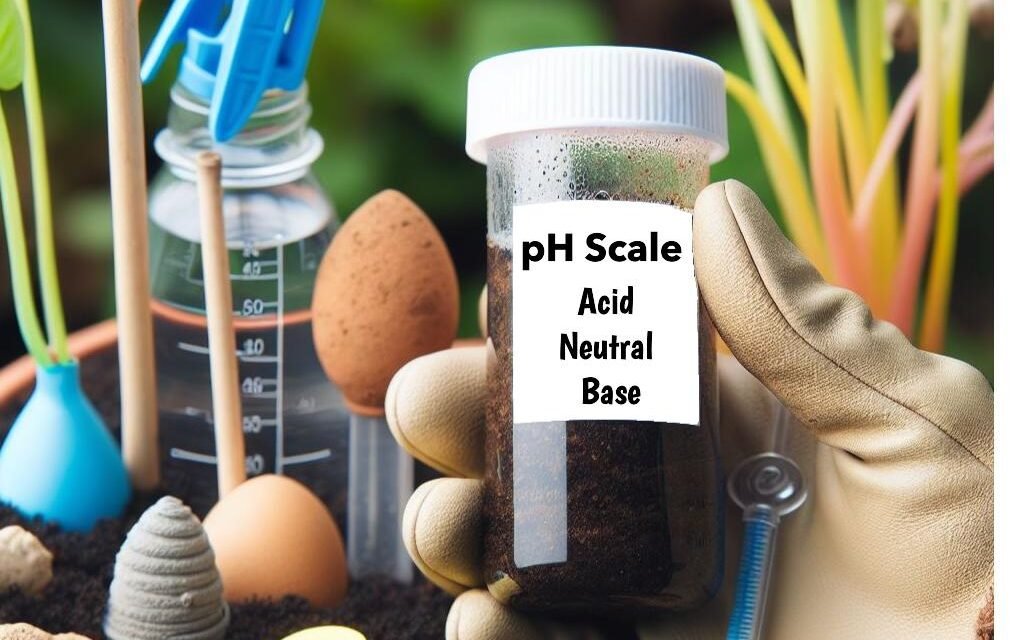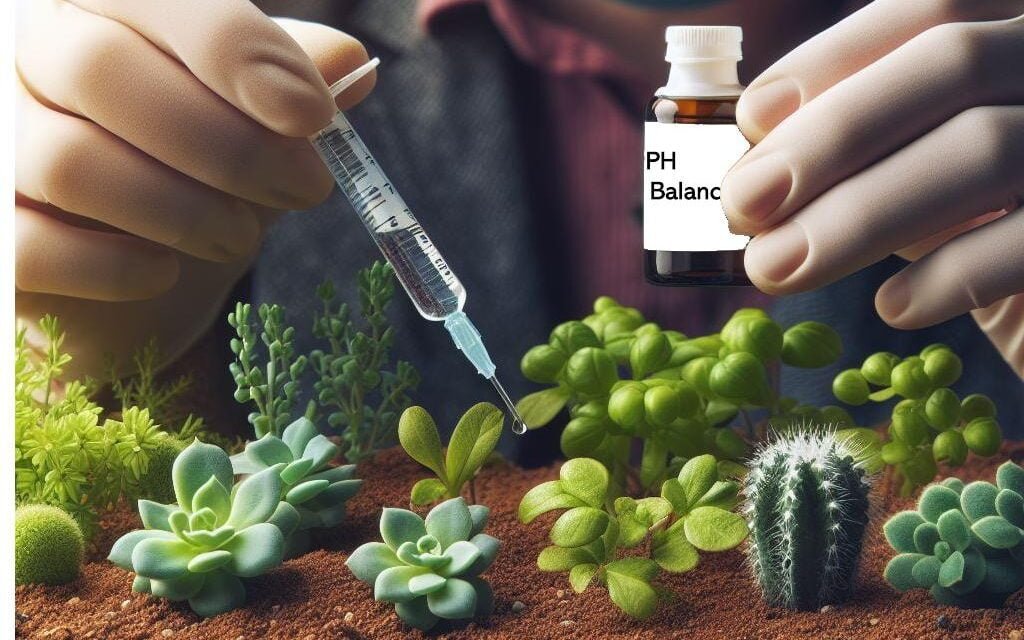
As a home gardener, understanding soil pH is crucial for the success of your plants. Soil pH measures the acidity or alkalinity of the soil and directly affects a plant’s ability to absorb nutrients. With a pH scale ranging from 1 to 14, a pH below 7 indicates acidity, 7 is neutral, and above 7 is alkaline.
Different plants have specific pH requirements for optimal growth. For example, blueberries thrive in acidic soil (pH 4.5 to 5.5), while lavender prefers alkaline soil (pH around 8.0). Testing your soil’s pH is essential to ensure it falls within the appropriate range for the plants you want to grow.
Testing soil pH is best done in the fall, allowing time to make any necessary adjustments before the next planting season. By observing weeds that thrive in your garden, you can also gain insights into your soil’s pH. For instance, dandelions indicate acidic soil, while chickweed prefers alkaline conditions.
You can conduct a DIY soil pH test using household items like vinegar and baking soda. Alternatively, soil pH testing kits provide more accurate results and are widely available. Once you know your soil’s pH, you can adjust it accordingly using materials like lime to raise pH or sulfur to lower it.
By understanding and managing soil pH, you can create an ideal environment for your plants to thrive, ensuring healthy growth and abundant harvests in your garden.
Adjusting Soil pH for Optimal Plant Growth

The pH level of your soil plays a crucial role in determining the availability of nutrients to your plants. Most plants prefer a slightly acidic to neutral pH range, typically between 5.5 and 7.0, to thrive. However, if your soil’s pH falls outside this range, it can affect nutrient uptake and plant health.
Testing your soil’s pH is the first step in understanding its acidity or alkalinity. Once you have determined the pH level, you can make adjustments to ensure it meets your plants’ needs. If your soil is too acidic (below pH 5.5), you can raise the pH by applying lime or dolomite. Conversely, if your soil is too alkaline (above pH 7.0), you can lower the pH by adding elemental sulfur or acidic organic materials like pine needles.
It’s essential to follow recommended application rates when adjusting soil pH to avoid overcorrection, which can harm your plants. Additionally, keep in mind that adjusting soil pH is a gradual process and may take several months to see significant changes. Regular soil testing and monitoring will help you maintain the optimal pH level for your plants’ growth and vitality.